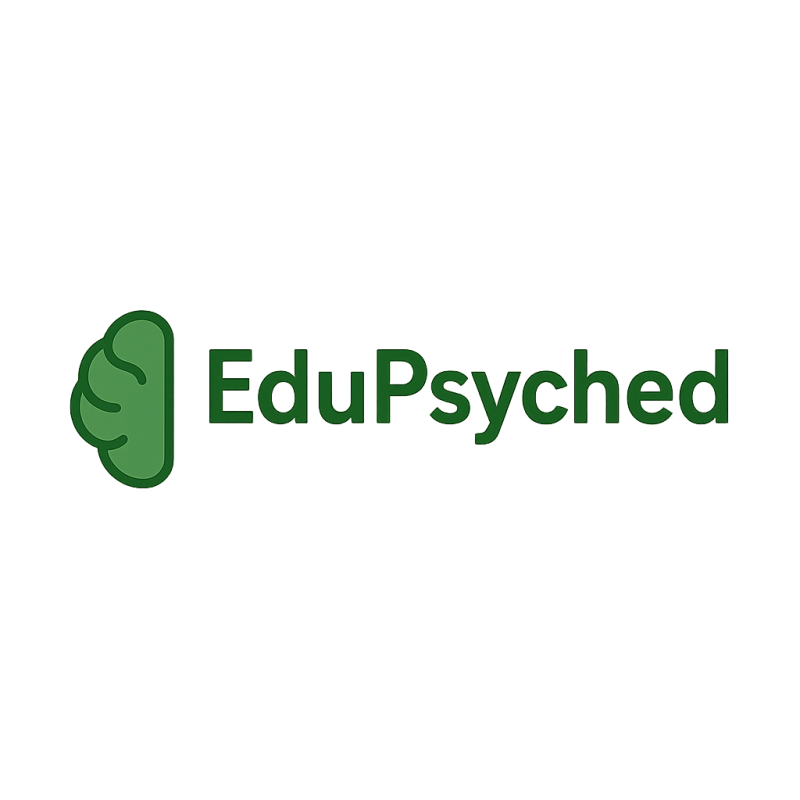Beyond Buzzwords: What Inclusion Really Means in Education
Inclusion in education isn’t just about access — it’s about belonging. In 2025, schools across Australia are rethinking what it truly means to create classrooms where every learner feels seen, supported, and valued.
Posted: 24 November 2025
For decades, “inclusion” has appeared in education policy documents, professional standards, and school mission statements — but the word has often been misunderstood or misused. Real inclusion is not a label or a learning support program. It’s a philosophy that shapes every decision, every classroom layout, and every interaction between educators and students.
What True Inclusion Looks Like in Schools
True inclusion means designing environments that expect, welcome, and celebrate diversity — not accommodate it as an afterthought. It means seeing difference as an essential part of the learning ecosystem, not a disruption to it.
Building an Inclusive Learning Environment
Start with Mindset, Not Metrics
✓ Inclusion begins with belief
- Shift from “fixing students” to adapting systems.
- Promote belonging as a universal right, not a reward.
- Challenge deficit-based thinking in teaching practice.
Design for Diverse Learners from the Start
✓ Build inclusion into planning, not retrofitting
- Use Universal Design for Learning (UDL) principles.
- Provide multiple ways for students to engage and demonstrate learning.
- Leverage assistive technologies to remove barriers.
Foster Psychological Safety
✓ Create environments where all voices can be heard
- Establish norms of respect and curiosity.
- Encourage students to share perspectives without fear.
- Model vulnerability and self-reflection as an educator.
Partner with Families and Communities
✓ Inclusion extends beyond the classroom
- Engage parents as partners in learning, not observers.
- Respect cultural knowledge and community expertise.
- Communicate in accessible, multilingual formats.
Invest in Ongoing Professional Learning
✓ Keep learning about inclusion
- Embed inclusive education into ongoing teacher training.
- Reflect regularly on classroom practices and bias.
- Collaborate with psychologists and DEI specialists for holistic growth.
Challenges Educators Face (and How to Overcome Them)
Challenge: Systemic Constraints
Problem: Teachers are expected to differentiate without adequate resources.
Solution: Advocate for system-level change while making small, sustainable classroom shifts.
Challenge: Fear of “Getting It Wrong”
Problem: Educators hesitate to address topics of diversity or identity.
Solution: Focus on learning together — humility is more valuable than perfection.
Challenge: Tokenism
Problem: Inclusion initiatives that focus on visibility rather than systemic change.
Solution: Shift from performative gestures to embedded, long-term strategies.
Beyond the Classroom: The Future of Inclusive Education
The future of education lies in seeing inclusion as a design principle, not an accommodation. As Australia’s classrooms become more diverse, inclusive education will intersect with digital learning, cultural competence, and student voice initiatives.
Take Action Today
Inclusive education doesn’t begin with a policy — it begins with a mindset. Every educator can start today by asking: *Who isn’t participating fully in my classroom, and what can I change to invite them in?*
Remember: Inclusion is not about perfection — it’s about connection. When every student feels they belong, learning becomes limitless.





